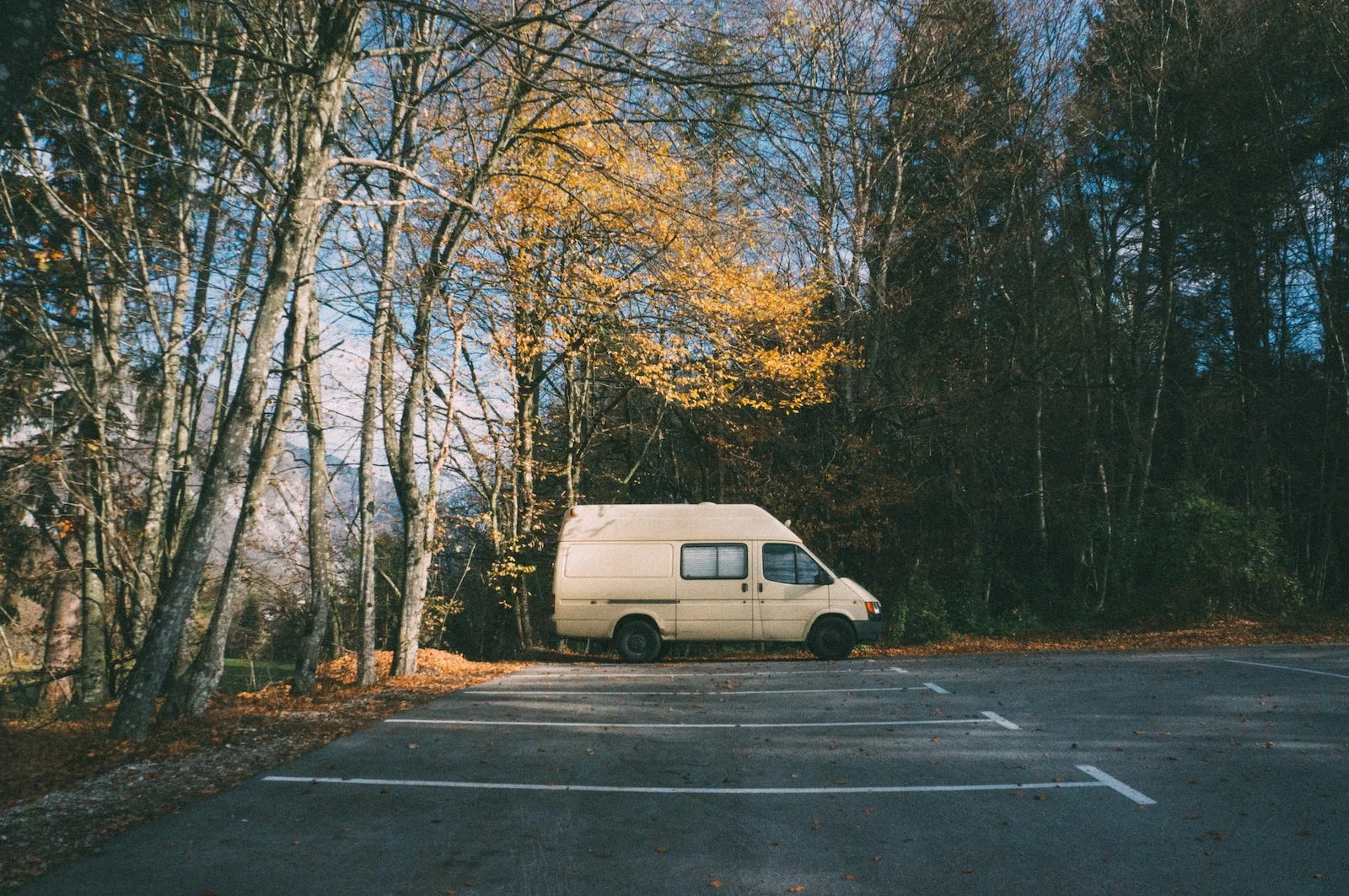Did you know that the annual global energy consumption is estimated to be 580 million terajoules? This number is only expected to increase as the world’s population grows.
However, with this increased consumption comes a greater burden on the environment. The good news? We can all do our part in reducing this burden by adopting a more sustainable lifestyle.
And what better time to start than now?
Here are 10 sustainable living ideas that you can embrace in 2024 and beyond:
1. Reduce, Reuse, Recycle
The three Rs are the golden rules of sustainable living. They are the foundation of a circular economy. By following these principles, you can minimize waste and conserve natural resources.
Reduce
Try to reduce your consumption of goods and resources. Ask yourself if you need that new item before purchasing it. If you do, try to find a more sustainable alternative.
Reuse
Instead of buying new items, consider reusing what you already have. For example, repurpose old clothes into cleaning rags or use glass jars as food containers.
Recycle
When you do need to dispose of waste, make sure to sort and recycle as much as possible. This reduces the amount of waste that ends up in landfills and conserves natural resources.
2. Invest in Renewable Energy
Consider switching to renewable sources of energy such as solar or wind power. These options not only reduce your carbon footprint but also save you money in the long run.
Solar Power
Installing solar panels on your roof is a popular way to generate renewable energy at home. Plus, excess energy can be sold back to the grid. This reduces your reliance on fossil fuels.
If you are planning on going solar, check out this website. They can help you install solar panels and maximize their benefits.
Wind Power
Another option is to invest in a residential wind turbine. This can reduce your reliance on traditional power sources and save you money on electricity bills.
3. Reduce Water Consumption
Water is a precious resource that should not be taken for granted. Here are some simple ways to reduce your water consumption:
Fix Leaks
A small leak can waste thousands of gallons of water per year. Regularly check for leaks and fix them immediately.
Turn off the Tap
Don’t let the tap run while brushing your teeth or washing dishes. Turn it off when you are not actively using the water.
Invest in Low-Flow Fixtures
Low-flow fixtures such as showerheads and faucets use less water without compromising on performance. They are an easy and cost-effective way to save water.
4. Eat Sustainable Foods
The food industry has a huge impact on the environment. By choosing sustainable foods, you can reduce your carbon footprint and support ethical farming practices.
Buying locally sourced food reduces the carbon emissions associated with transportation. It also supports local farmers and small businesses. This also means choosing seasonal produce which requires less energy to grow and transport.
Eating less meat, especially beef, is another way to reduce your carbon footprint. Livestock production is responsible for a significant amount of greenhouse gas emissions.
5. Use Eco-Friendly Transportation
Transportation accounts for a large portion of global greenhouse gas emissions. If possible, walk or bike instead of driving. This reduces your carbon footprint and is good for your health.
When walking or biking is not feasible, opt for public transportation rather than driving alone. This reduces the number of cars on the road and decreases air pollution.
Consider investing in an electric or hybrid vehicle if you need a car. These options have lower emissions compared to traditional gas cars.
6. Conserve Energy at Home
Simple changes in your daily habits can make a big difference in reducing energy consumption at home. This can lower your utility bills and contribute to a more sustainable lifestyle.
When purchasing new appliances, choose energy-efficient ones. Look for the Energy Star label which indicates that they use less energy compared to standard models.
Make sure to turn off lights and unplug electronics when not in use. This reduces energy waste and saves you money on your electricity bill.
7. Choose Sustainable Products
When shopping, look for products that are made from sustainable materials or have a low environmental impact. This includes items such as clothing, furniture, and household goods.
Avoid single-use plastic products whenever possible. Instead, opt for reusable alternatives such as cloth bags and water bottles.
Support companies that practice sustainable and ethical manufacturing processes. By purchasing from them, you are promoting more responsible production methods.
8. Start a Garden
Growing your food is not only rewarding but also sustainable. By starting a garden, you can reduce your carbon footprint and know exactly where your food comes from.
Even if you live in an urban area, you can still grow herbs or vegetables on a windowsill or balcony. This allows you to eat fresh, local produce and reduces the need for transportation.
It can also be a fun and educational activity for children. It promotes an understanding of where food comes from and the importance of sustainability.
9. Say No to Fast Fashion
The fashion industry is notorious for its environmental impact, from water consumption to chemical pollution. Instead of supporting this harmful industry, try to buy less and choose quality over quantity.
Invest in timeless pieces that will last longer instead of constantly buying cheap, trendy clothing. Thrift and second-hand stores are also great options for finding unique and sustainable fashion items.
10. Reduce Chemical Use
Chemicals in household cleaning products and pesticides can be harmful to both the environment and your health. Opt for all-natural products or make your cleaners using common household items such as vinegar and baking soda.
When gardening, choose natural pest control methods instead of harsh chemicals. This promotes a healthier ecosystem and eliminates harmful runoff into the environment.
Sustainable Living Ideas: Starting a Green Lifestyle
Making sustainable living a priority is essential for the future of our planet. By implementing these sustainable living ideas into your lifestyle, you can make a positive impact and inspire others to do the same.
Remember, every small change counts towards a greener and healthier world. So why not start now? 2024 can be the year that you fully embrace a more sustainable lifestyle. Let’s make it
happen!
If you enjoyed this article and would like to read more, check out the articles from the rest of our blogs!


















